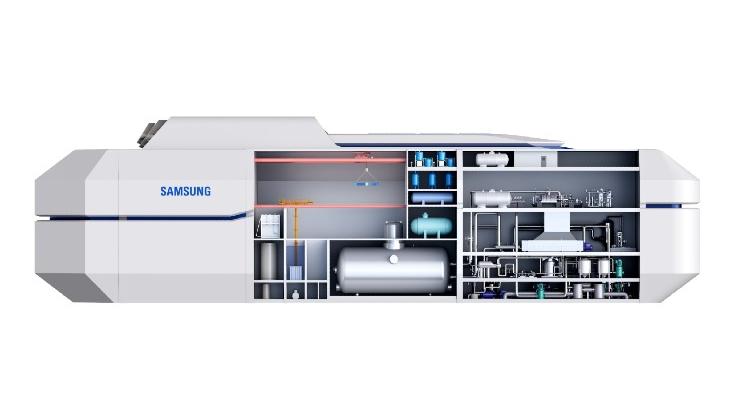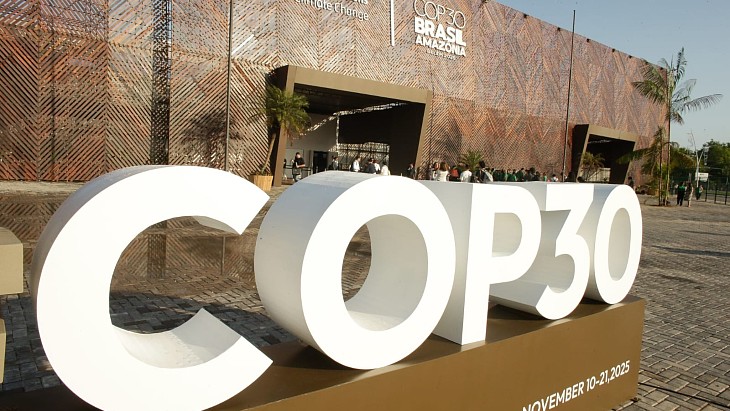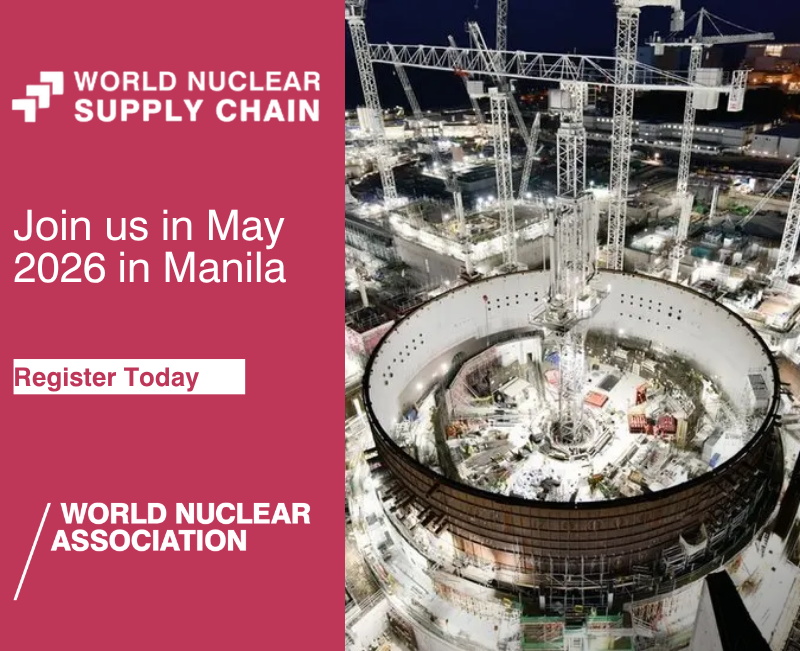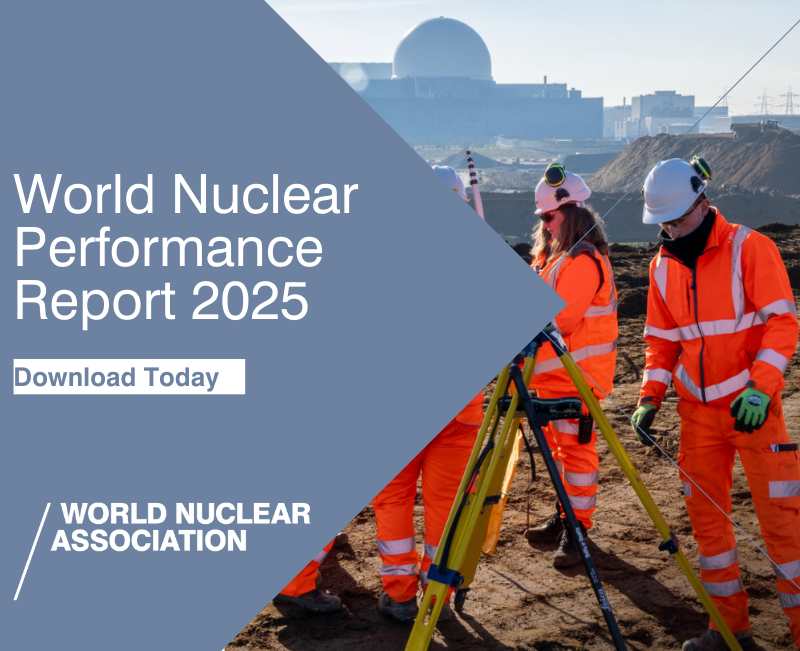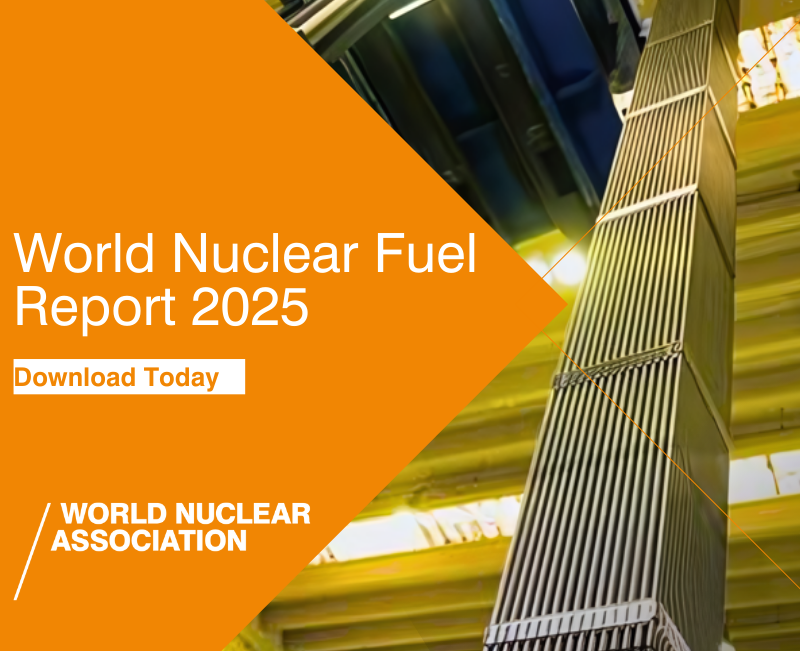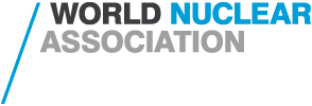The 11th Basic Power Supply and Demand Plan, a draft of which was released in May last year, was presented to a plenary session of the National Assembly by the Ministry of Trade, Industry and Energy on 19 February. It was approved by the National Assembly's Power Policy Review Committee on 21 February.
The Basic Power Supply and Demand Plan contains domestic power generation facility plans for the next 15 years. It is updated by the Ministry of Trade, Industry and Energy every two years. The 11th basic plan includes plans from 2024 to 2038.
According to the latest plan, South Korea's demand for electricity will increase by an annual average 1.8% between 2024 and 2038, to reach 129.3 GW by 2038 - an increase of more than 30% from 2023.
Under the draft plan, the portion of carbon-free energy sources in the country's energy mix will increase from about 40% in 2023 to 70% by 2038. It says nuclear power generation is expected to grow from 180.5 TWh in 2023 to 248.3 TWh in 2038. The portion of nuclear power generation will grow from 30.7% in 2023 to 35.2% in 2038. The country's 26 reactors currently provide about one-third of its electricity.
The ministry noted the plan assumes the "smooth construction and continued operation of the five nuclear power plants already planned": Shin Hanul unit 2 (which entered commercial operation in April 2024), Saeul units 3 and 4, and Shin Hanul units 3 and 4. Together, these units will have a combined generating capacity of 7 GWe.
A further two large nuclear reactors with a combined capacity of 2.8 GWe, as well as 0.7 GWe of small modular reactor (SMR) generating capacity will be needed by 2038 to reach the target nuclear capacity, it said.
"After developing technology to ensure SMR safety, obtaining standard design approval, etc, commercialisation of domestic SMR [is expected] by 2035 on the premise of obtaining a construction permit in the early 2030s," the ministry said.
Former President Yoon Suk-yeol, who took office in May 2020 and was impeached in December last year, vowed to reverse previous President Moon Jae-in's policy of phasing out nuclear power, a policy which was brought in after he assumed office in 2017, and followed the 2011 Fukushima Daiichi accident in Japan.

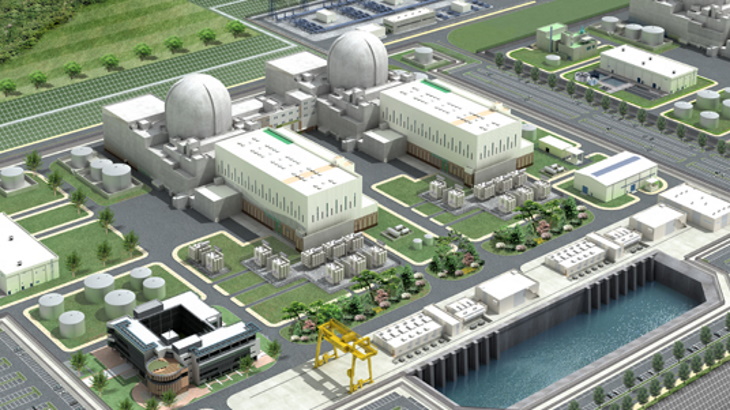



_47120.jpg)

_23621.jpg)
